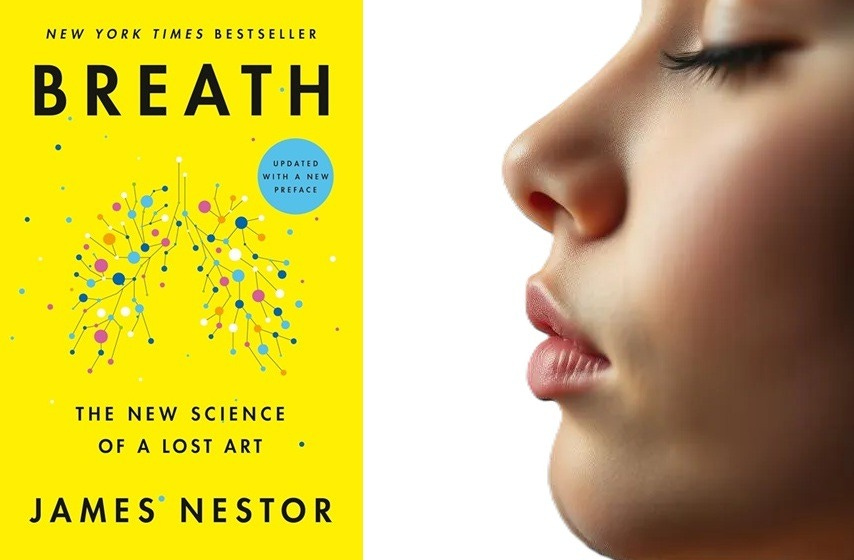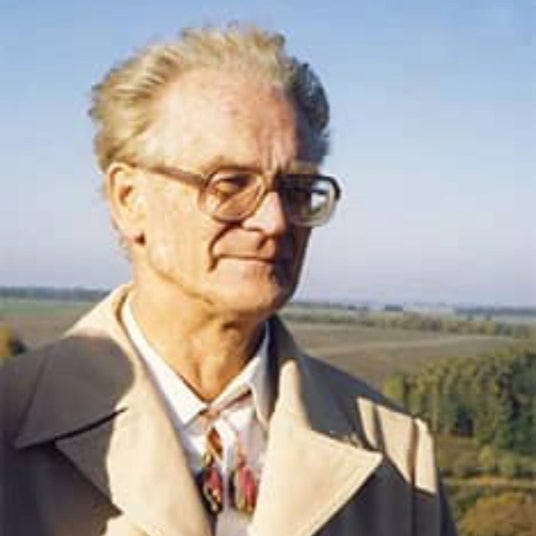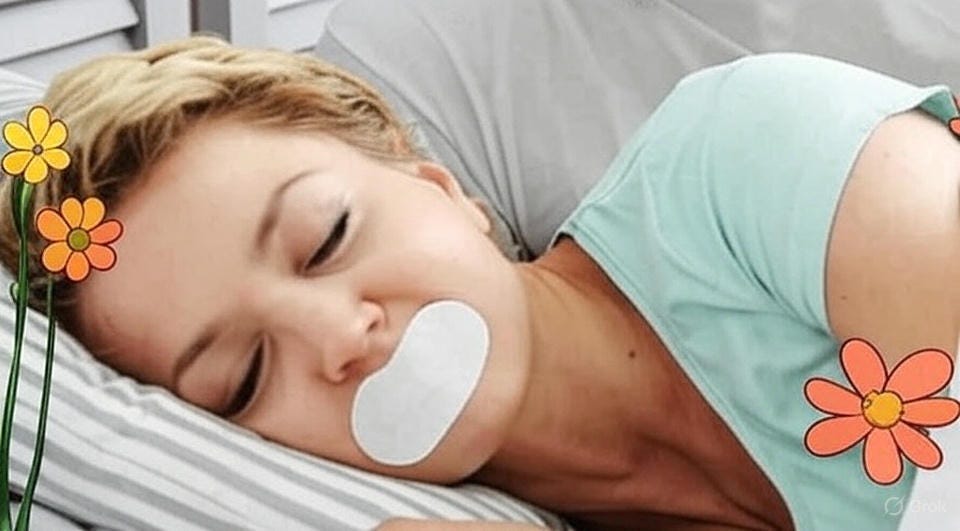Breath by James Nestor + Buteyko Method breathing exercises + Mouth Taping for sleep…
Change your life by breathing correctly. Keep your mouth shut (and taped during sleep). Breathe through your nose (never your mouth). Breathe softly and slowly. Practice! Last update 08/06/25
How We Learned to Breathe
Thanks to a tip from our extraordinarily skilled and compassionate dentist, we learned about a life-changing book called Breath: The New Science of a Lost Art, by James Nestor and related “Buteyko Method” breathing techniques. The key theme is to breathe through the nose, instead of the mouth; and to breathe softly and slowly.
This information just might transform your life or the life of someone you know. (Scroll down for links and a Grok ai summary,)
We hope you will find this book and related exercises as useful as we have already!
Bottom line: Keep Your Mouth Shut and Breathe Softly…Slowly…Less!
We cannot fix all the world’s problems (or even many of our own), but if we breathe correctly, we can cope better.
If you take our advice, the book you’re about to read and the Buteyko exercises you’re about to do could be life changing!
Buteyko breathing and mouth taping at night can reduce anxiety and pain, lifelong insomnia, dental issues, asthma, and more.
Breath Book + Buteyko Breathing Techniques + Mouth Taping

No, this is not a “bad breath” book, it’s a “good breath” book! 🤪
Breath: The New Science of a Lost Art. By James Nestor
Explains the “why” of proper breathing in an amazing journey of discovery!
Order the Book (Amazon link): https://a.co/d/4unXU0Y.
Free downloads in EPUB, PDF, and other formats on Internet Archive: https://archive.org/details/breath-the-new-science-by-james-nestor. PC, Kindle, iPad, and other computers can read PDF.
Breath Book Summary (Grok ai, edited lightly)
Breath: The New Science of a Lost Art, by James Nestor, explores the critical role of breathing in human health, revealing how modern lifestyles have led to widespread improper breathing habits, particularly mouth breathing, which contributes to chronic conditions like snoring, sleep apnea, respiratory issues, gum recession, and crooked teeth.
This truly entertaining — and sometimes a bit gross — book combines personal narrative, historical insights, and cutting-edge science to illustrate that how we breathe profoundly impacts our health, offering a roadmap to reclaim this lost art.
Through personal experiments, including a Stanford study where he and Anders Olsson blocked their nasal passages to breathe only through their mouths for ten days, Nestor demonstrates the detrimental effects of mouth breathing and the benefits of nasal breathing.
The book delves into ancient breathing practices from Hinduism, Buddhism, and other cultures plus modern scientific discoveries. Learn how techniques such as slow breathing, extended exhalation, and breath-holding can enhance physical and mental health, improve athletic performance, and even reverse chronic ailments.
Nestor explains that proper breathing is a foundational pillar of health, often overlooked by modern medicine, and literally free (and drug free) to all. He provides practical methods to harness its potential.
The Problem with Modern Breathing
Bad Breathers = Bad Teeth: Humans are the worst breathers and have the worst teeth in the animal kingdom due to evolutionary changes and modern diets.
Possible exceptions: "brachycephalic" animals with flat faces, such as Pug, Brussels Griffon, Bulldog, French Bulldog, Boston Terrier, Boxer, Cavalier King Charles Spaniel, Chow Chow, Dogue De Bordeaux, Lhasa Apso, Pekingese, Shih Tzu, Persian and British Shorthair cat, and Netherland Dwarf rabbit. All these animals suffer more health issues in general than their pointy faced relatives.Soft Foods = Bad Mouths: Soft, processed foods have reduced chewing, leading to underdeveloped mouths and nasal passages, causing chronic nasal obstruction in 40% of people. Easy fix: Chew more chewy foods!
Mouth Breathing = Bad Health Outcomes: Mouth breathing, prevalent in half the population, is linked to health issues like snoring, sleep apnea, dental problems, and reduced oxygen delivery. Easy fix: Nasal breathing!
The Stanford Experiment
What they did: Author James Nestor and lifelong researcher Anders Olsson participated in a 20-day study at Stanford, alternating between mouth breathing and nasal breathing.
Mouth breathing phase: Increased snoring, sleep apnea, fatigue, and bacterial growth in nasal passages.
Nasal breathing phase: Improved sleep and reduced stress led to better overall health, highlighting the nose's role in filtering, warming, and humidifying air.
Historical and Cultural Context
Ancient texts from Chinese Tao, Hinduism, and Buddhism (circa 400 BCE) recognized breathing as vital for health and longevity.
Practices like pranayama and Tummo have been used for centuries to control breath and enhance physical and mental states.
These techniques, often forgotten, are now rediscovered, forming a "lost art" validated by modern science.
Scientific Discoveries
Researchers at Harvard, Stanford, and elsewhere confirm that breathing patterns affect lung capacity, immune response, and nervous system function.
Slow breathing (5.5 seconds per breath in and 5.5 seconds per breath out) optimizes oxygen and carbon dioxide balance, reducing anxiety and improving cardiovascular health. This technique works and is easy to learn.
Carbon dioxide therapies, explored by Justin Feinstein, help manage anxiety and panic disorders by recalibrating chemoreceptors.
Practical Breathing Techniques
Nasal Breathing: Enhances nitric oxide production, improves oxygen delivery, and reduces airway obstruction.
Slow Breathing: Techniques like Coherent Breathing (6 breaths per minute) balance the autonomic nervous system and lower blood pressure.
Extended Exhalation: Carl Stough’s methods improve lung efficiency, aiding emphysema patients and athletes.
Breath-Holding: Techniques like Buteyko’s hypoventilation training increase carbon dioxide tolerance, benefiting asthma and athletic performance.
Tummo and Holotropic Breathwork: These advanced, intense practices stimulate the nervous system, potentially treating autoimmune diseases and enhancing endurance.
Health Implications
Proper breathing can reduce or reverse conditions like asthma, anxiety, ADHD, and psoriasis.
Chewing harder foods or gum can stimulate bone growth, widen airways, and prevent dental issues.
Breathing is a preventive tool, influencing every bodily function, from brain health to longevity.
Conclusion
Nestor advocates for conscious breathing as a cornerstone of health, urging readers to adopt simple, ancient techniques to improve life quality.
Resources from Breath Book
Author James Nestor’s website includes video and audio tutorials and more:
Main website: https://www.mrjamesnestor.com/breath
BREATHING COORDINATION classes and individual coaching (French language): https://breathingcoordination.ch/training
BUTEYKO BREATHING:
Conscious Breathing: https://www.consciousbreathing.com/
Buteyko Breathing Center: https://www.breathingcenter.com/
Buteyko Clinic International: https://buteykoclinic.com/
Oral Devices:
Dr. Theodore Belfor, D.D.S: https://drtheodorebelfor.com/
Palatal Expansion:
Dr. Marianna Evans’s Infinity Dental Specialists (East Coast): https://infinitydentalspecialists.com/
Dr. William Hang’s Face Focused (West Coast):
TUMMO:
Wim Hof Method (Bay Area meetup): https://www.meetup.com/wim-hof-method-bay-area/
Wim Hof Method (Chuck McGee): https://www.wimhofmethod.com/instructors/chuckmcgee-iii
Calming Method: https://www.thewayofmeditation.com.au/revealing-the-secrets-of-tibetan-inner-fire-meditation
SUDARSHAN KRIYA: https://www.artofliving.org/us-en
4-7-8 Breathing (Dr. Andrew Weil):
Buteyko Breathing Method
Transform Your Health with the Buteyko Breathing Method
Unlock the power of optimal breathing to enhance your physical and mental well-being. Join the global community benefiting from our proven Buteyko breathing techniques.
Of all the breathing techniques we learned about in Breath, the Buteyko method seems simplest to learn, safest, and most effective of all.
What Is The Buteyko Method?
(quoted from website)
The Buteyko Breathing method is a breathing technique that aims to optimise breathing patterns for improved oxygen delivery throughout the body.
Over the past 70 years, this technique has been used by hundreds of thousands of people for asthma and other respiratory issues, anxiety and panic disorders, and sleep issues.
The Buteyko Method involves breathing exercises to decongest the nose, open the airways, improve blood circulation and improve oxygen delivery. Ironically, when we breathe too much air, we reduce the amount of oxygen that gets delivered to our tissues and organs which affects our body’s ability to function.
If you have sub optimal breathing, the Buteyko Breathing Method is a simple, quick and safe technique to optimise your breathing for people with respiratory, sleep and mental health issues.
Buteyko Breathing Can Help With…
(we can attest to several of these claims from personal experience)
The full Buteyko Clinic website offers articles and videos on this easy-to-learn, safe, and effective breathing technique for everyday people who want to live healthier and breathe better. Wish we had known about these techniques decades ago!
Website: https://buteykoclinic.com/
Buteyko Breathing Technique overview (see the overview’s left sidebar for topics and specific conditions): https://buteykoclinic.com/blogs/buteyko-breathing-technique/buteyko-breathing-techniquedisorders
YouTube Channel: https://youtube.com/@thebuteykomethod?feature=shared
Sample Video: Buteyko Breathing Exercises in 3 minutes by Patrick McKeown (09:52). Check it out! (This video is among several included on James Nestor’s website.) Video notes (edited) are just below.
How to Do Buteyko Breathing Exercises Properly
Patrick McKeown shares Buteyko Breathing Exercises and how you breathe when you are stressed.
When you are stressed do you breathe more, or do you breathe less?
Generally, we start breathing more. We breathe faster, we breathe more noticeable, we breathe through the mouth.
Breathing During Stress
Faster
Sigh more (irregular)
Oral breathing
Noticeable breathing
Upper chest breathing
Breathing to Evoke Relaxation
Slow down
Regular
Nose breathing
Soft breathing
Diaphragm breathing
About Dr. Buteyko
(image from Buteyko Clinic International Website)
Dr. Konstantin Buteyko revolutionized respiratory health by developing the Buteyko Method after observing that rapid breathing correlated with illness during his medical studies. While facing initial skepticism, he conducted extensive research, achieving success with over 1,000 patients and gaining recognition in 1983 from the USSR. He died in 2003, but his legacy of promoting nasal breathing, slow breathing, and reduced air intake continues to benefit those seeking natural health solutions. Read more.
Dental Health
🆕 AskTheDentist: Mouth Breathing, Sleep Apnea & Oral Microbiome - Dr Mark Burhenne & Patrick McKeown (08/25/25, video 01:00:46 includes transcript). How breathing, oral health, and facial development are interconnected. Critical role of nasal breathing, oral microbiome, and why conventional dental care might be missing key health factors. How mouth breathing affects sleep, mental health, and overall wellness.
Mouth Taping
Mouth taping works to stop mouth breathing at night and can reduce snoring and sleep apnea. You need only a small piece, positioned horizontally on the lips and folded over slightly at each edge to do the job. (Other configurations work too, but we like the horizontal method best.)
Mouth taping looks a bit weird (but makes spouses happy 'cuz you cannot pester them with incessant talking or snoring). BEST OF ALL: It works! Read more about sleep apnea and mouth taping.
James Nestor recommended gentle-adhesive 3M Nexcare Durapore Durable Cloth Tape, which we like. Consider inexpensive 1 Inch X 10 Yards, 6 Rolls (Amazon link): https://www.amazon.com/dp/B09RD9VZF9?ref_=pe_125775000_1044873430_t_fed_asin_title





